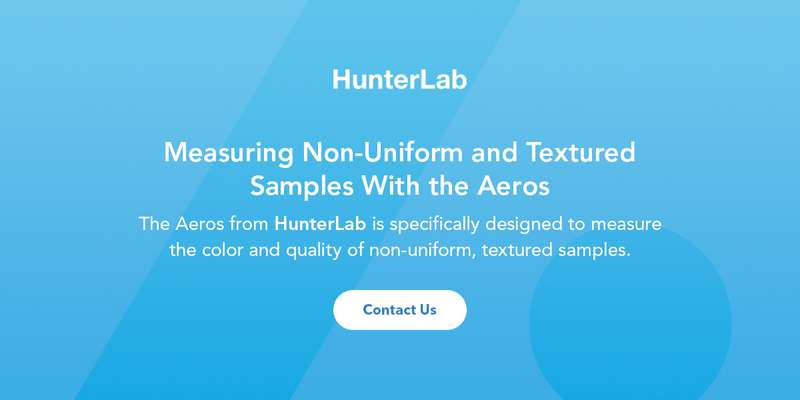Sample in Large Batches
Try measuring the cereal created in each stage of the cereal production process in large batches. Larger samples can produce a more accurate reading of their overall appearance, helping producers recognize consistency across batches.
When to Measure Cereal Samples
Ultimately, deciding when to measure cereal samples depends on the producer's discretion. However, when faced with several steps in the process, measuring the color along the way can better the outcome of each batch.
Cooked vs. Uncooked
Issues with the final product can often trace back to the quality of your ingredients. If you produce cereal that can be cooked, start by measuring the color of your cereal and confirming no problems with uncooked materials exist. A quick scan can keep the process moving along and prevent unnecessary cooking modifications.
In the same way, take a cereal color measurement after cooking. This ensures the final product comes out how you intend.
Coated vs. Uncoated
Whether your cereal product has a final coating determines if this step applies to you. If your coating contains additional colorants, it may be beneficial to analyze it on its own before testing the cereal with it. All these color measurements may seem excessive, but they are vital to saving time and money in the long run.
With vs. Without Add-Ins
Many cereals have fruit or nuts added for extra nutrition or protein. Some fruits can leak color onto the cereal, casting a shadow and affecting its overall appearance. Like with all the other steps, be sure the add-ins are of the desired color and quality before mixing them in and measuring the hue again.



